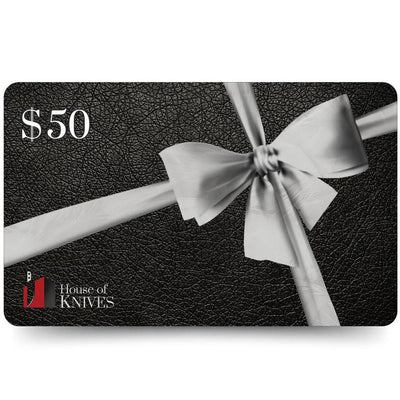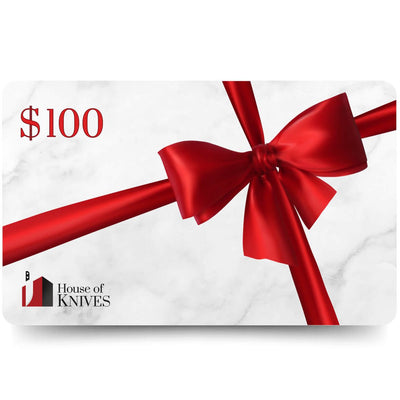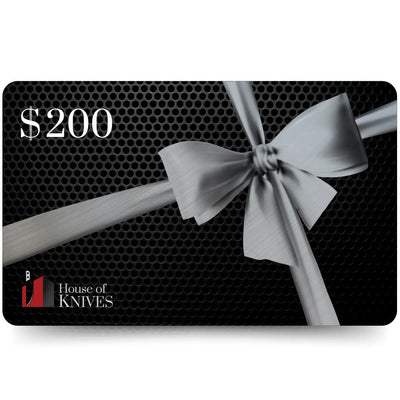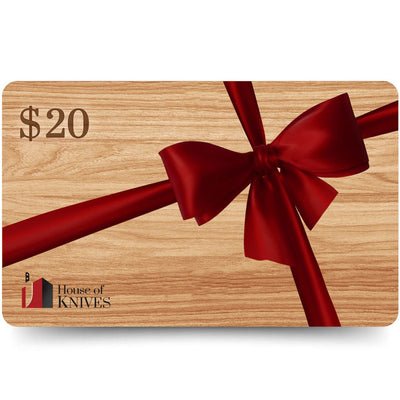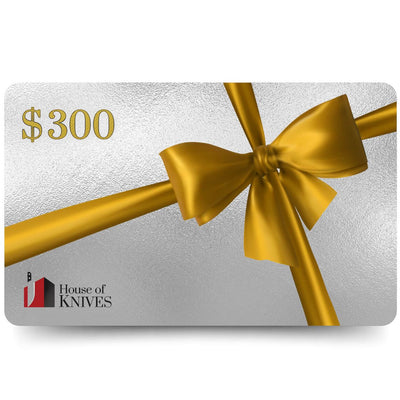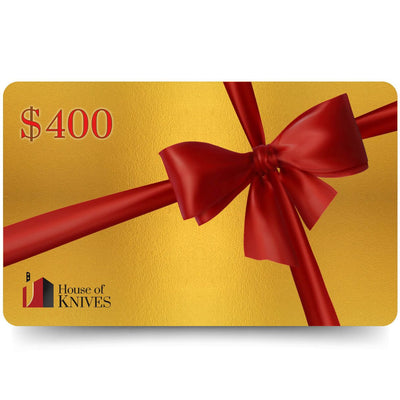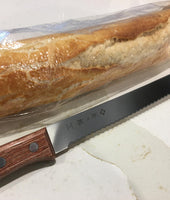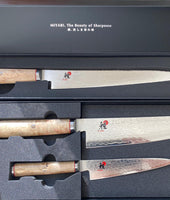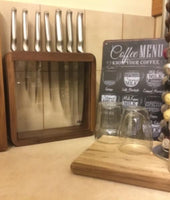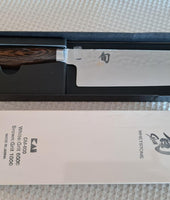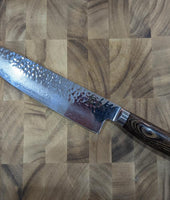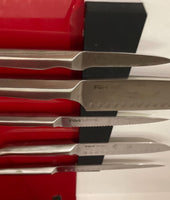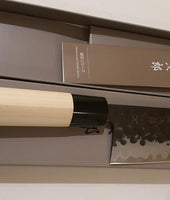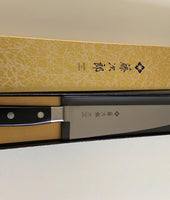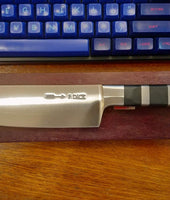Wusthof vs Tojiro
Every kitchen deserves a good set of knives, but there are so many knife brands that it can be a confusing and overwhelming experience shopping for good knives. The two most common types of knives are German and Japanese knives. Each has its pros and cons, and personal preferences go a long way in determining what type to go with. Wusthof is a German-made knife, while Tojiro is a Japanese knife, and deciding between Wusthof Vs Tojiro can be quite a headache. Here are some objective features that could help you decide which one is the best for you.
Wusthof Knives
Wusthof is a knife manufacturer headquartered in Solingen Germany. The company started a small way back in 1814, and since then it has expanded its brand to over 80 countries around the world. It is one of the most popular and trusted knife brands. Wusthof knives are top quality and tend to be pricey.
Features
The Blade
The blade is formed from a single piece of chromium-molybdenum-vanadium steel. The exact sharpening angle of each blade is measured using computer programs to ensure consistency and the blade sharpened using a patented automated Precision Edge technology (PETec) procedure. This ensures that the knife is already razor-sharp on the purchase and that the blade will maintain its sharpness for a long time.
The blade is hardened to 580 Rockwell for maximum strength. The spine of the blade is also carefully ground and smoothened to ensure that no sharp uncomfortable edges remain to press into the thumb.
Finally, the blade is corrosion-resistant and easy to sharpen once it becomes dull- which doesn't happen for a long time!
The Bolster
This is the thick section between the handle and blade typically found in forged knives. The presence of the bolster gives the knife a perfect balance in the hand.
The Handle
Wusthof knives are full-tang. This means that the blade extends right through to the end of the handle, essentially making the handle and the blade one piece. The handle is securely attached to the tang by stainless steel rivets. This gives the knife added strength, and as a result, full-tang knives are quite popular.
The Finger Guard
This extra safety measure between the bolster and the blade prevents your finger from slipping off the handle and down the blade when cutting.
Stamped and Forged Blades
Wusthof makes knives with either forged or stamped blades:
- Forged Blades: These are blades manufactured from steel that is alternately heated then hammered multiple times to rearrange its molecular structure and make it strong and durable. Wusthof forged blades are stronger and retain their edge longer than the stamped ones.
- Stamped Blade: A stamped blade is manufactured by simply stamping out a steel roll. Stamped knives are weaker than forged knives as they do not go through a strengthening process. Stamped Wusthof knives include the Gourmet and Silverpoint II.

Tojiro Knives
Japanese knives are world-famous for their high quality, handcrafted designs. Sword and knife making go back to ancient Japanese times, and they have perfected the art over many years. Tojiro is one of the top knife makers in Japan. Tojiro knives are manufactured in Tsubame area in Niigata, a knife-making center in Japan.
Tojiro knives, like other Japanese knives, are manufactured using a combination of traditional and modern knife-making techniques to maintain their signature high-quality Japanese style and standards. A number of Tojiro features are similar to Wusthof features, making it even more difficult to choose between Wusthof vs Tojiro.
Features
The Steel
Tojiro steel blades are hardened to 600 Rockwell hardness which makes them strong and retain their sharpness longer. Japanese knives are lighter than German knives and Tojiro is no different. Tojiro uses different alloys of stainless steel to make their knife blades. They include:
- VG10 Steel-This steel alloy of molybdenum and purified cobalt is remarkably sharp, hard, and long-lasting.
- Molybdenum Vanadium Steel- This type of steel is resistant to abrasion and rust due to the vanadium and molybdenum contained in it. These type of blades also retain their edges longer.
- Nickel Damascus Steel- These blades have multiple layers of Nickel Damascus which makes them extra hard, sharp, and resistant to corrosion. The Damascus also forms a distinctive ripple pattern on the blade.
- Powdered High-Speed Steel- This alloy is usually used in metal machining. It consists of a very dense metal structure, which gives the blade extra durability, hardness, resistance to abrasion, and long-lasting sharpness.
- Shirogami Steel- This consists of purified steel with iron sand as a raw material and requires highly skilled temperature control during the heating process. It is not very resistant to abrasion but is easy to sharpen and retains its edge for a long time.
- Aogami Steel- This is highly purified Shirogami steel to which tungsten and chromium have been added to produce a super hard, razor-sharp, and abrasion-resistant blade. This steel requires special sharpening techniques, but once you get used to it, you can achieve long-lasting sharpness.
- High-Carbon Stainless Steel- This steel is obtained by adjusting certain elements during the heating process. It isn't as sharp as the other types of steel, but it is good enough to use at home.
The Bolster
Like Wusthof knives, Tojiro knives have a bolster that gives the knife better balance and enables you to sharpen the entire knife blade.
The Handle
Tojiro knives are full-tang, like Wusthof knives. The handles are also triple-riveted to give added balance and strength. However, unlike the Wusthof knives, Tojiro knives do not have a seamless transition from the handle to the blade. Thus the presence of little joints could trap small pieces of food which could become breeding grounds for germs. This, however, shouldn't be a major factor with regular and thorough cleaning.

Final Words
The differences between Wusthof vs Tojiro mostly add up to manufacturing methods and final price. German knives are heavier and thicker. Tojiro knives are lighter, thicker, and more affordable. It's all a matter of personal preference, but both are good quality brands well known among the culinary community the world over.
Also Check Out: 11 Types of Knives for Sale in the Market – Tips on How to Choose

















